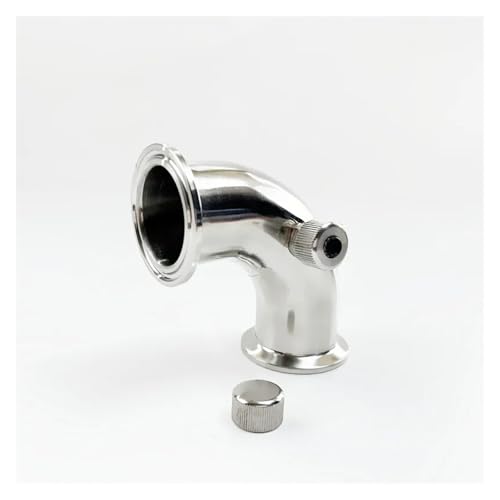Do you really need to kill the yeast by pasturising or is it enouch to cold crash your beer so that the yeast drops out of suspension and form a solid yeastcake at the bottom of the the bottle.
Also;
Can an infection occur if there's only CO2 present?
Also;
Can an infection occur if there's only CO2 present?



























![BREWING THERMOMETER STICKERS ACCURATELY MONITOR FERMENTING BEER & WINE LIQUID TEMPERATURES 5PCS HOME BREW SPIRITS WINE LCD ADHESIVE [US]](https://m.media-amazon.com/images/I/311DDjo2X3L._SL500_.jpg)













